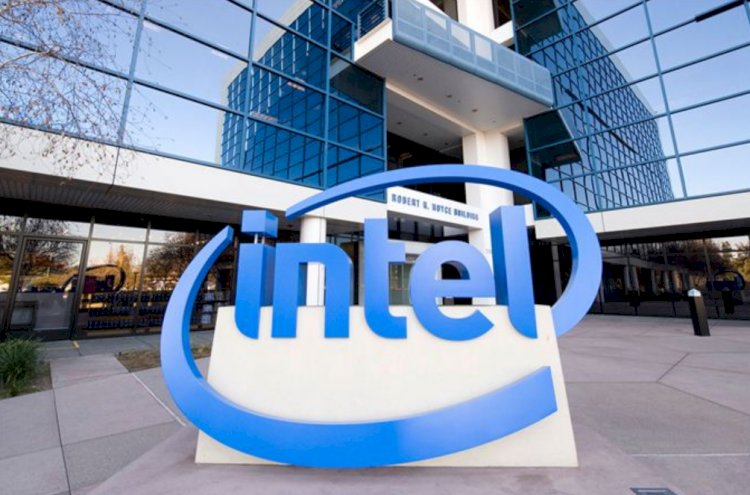Despite The Elimination Of Smartphone Chips, Intel’s Atom Architecture Will Continue To Exist.

In the ever-evolving landscape of technology, change is constant. Recently, Intel made a significant announcement that they would be discontinuing their development of smartphone chips, marking the end of an era for their efforts in the mobile industry. However, this decision does not signify the demise of the Atom architecture. In fact, Intel’s Atom architecture is set to live on and thrive in various other domains.
The Atom architecture, originally conceived for mobile and low-power devices, has proven its worth in the market over the years. Its energy-efficient design and compatibility with various operating systems make it a popular choice for smartphones and tablets. Intel’s Atom processors power numerous devices, providing decent performance while extending battery life.
So, why the decision to abandon the smartphone chip market? The answer lies in Intel’s strategic pivot towards other lucrative segments, such as data centers, IoT (Internet of Things), and edge computing. As technology trends shift, Intel recognizes the need to reallocate resources and focus on areas with higher growth potential.

















